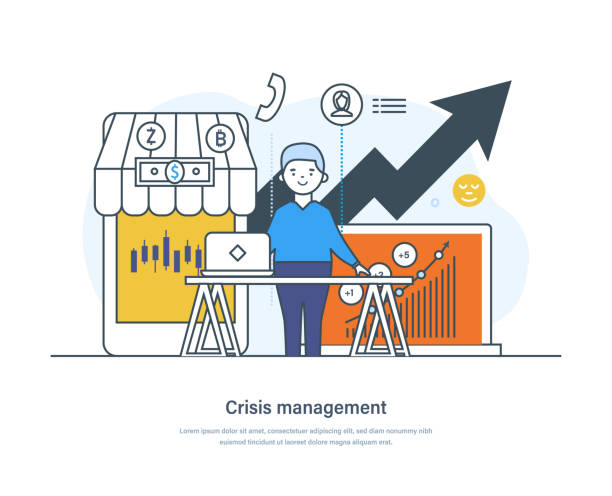Understatement: the pandemic changed the way business is done.
In recent years, many aspects of our business and personal lives have been completely upended, from work-at-home mandates to the total shutdown of entire industry verticals.
This massive disruption has led to a significant shift in lead generation and pipeline development for B2B marketing.
It’s difficult to determine the best time to start a relationship when there is so much uncertainty: Will they be in business for long enough to purchase? Are they able to make a purchase decision now, or are they just trying to keep their lights on?
Has also shut down industry events and networking in person – two of the most important B2B channels.
Many marketers, facing their financial uncertainty, are pausing or reallocating advertising and marketing spending to later in the year. They assume that we will see a return to some degree of regularity at that time.
In reality, no one can predict how long the current situation will last.
It is extremely shortsighted to assume that this will only be a temporary break. This could also have disastrous consequences.
Instead of waiting and hoping that “it” will”pa”s, try these five strategies to put yourself in a stronger position for the future and now.
1. Rethink your narrative
In this new world, marketing teams and companies must rethink the services they offer customers.
Position your brand, services, and products for this new world of remote work. How can you make it possible?
To maintain revenue, you’ll explore new sales channels, income streams, and operational pivots. This could mean focusing on completely different audiences.
You’ll have to rethink your investment, message, and channel to reach the same or new audiences.
Digital media, on the other hand, is much more flexible and can be filled with relevant content in real-time, as well as canned or evergreen creative.
2. Priorities shift
Consider how you can change your value proposition to provide more of what the people want right now.
To survive the crisis, some brands have adopted a more purposeful and cause-driven approach, emphasizing humanitarianism and community. Some vendors are offering their quarantine-friendly products for free during this crisis.
MailChimp is a small business marketing platform that offers free custom domains for five years to help businesses transition online. This offer is open to both new and existing MailChimp customers and includes built-in templates for building and publishing multipage websites.
This effort is not only a goodwill gesture and gets MailChimpMailChimp’sin the hands of many more customers. It also helps preserve pipelines and modernizes small businesses who can then purchase more services when things return to normal.
3. Strategic partnerships
Look beyond your products to provide solutions that your customers will need both now and in the future. Working with other vendors to create discounts, integrated offers, or other combined offerings.
Remember that certain needs, such as remote-work technology and work-from-home products, are universal. Social network management Hootsuite, for example, allows small businesses and non-profits to use its Hootsuite Professional Plan free of charge.
You can connect with customers and remain relevant by offering advice or best practices, whether you do it yourself or with partners.
People will remember your above-and-beyond service, even (or maybe especially) if it was not tied to a direct sales pitch.
4. Create virtual connections
If they haven’t haven’t already, teams that rely heavily on event marketing, quarterly meetings, or monthly face-to-face meetings with clients need to change their approach.
Before the pandemic, conferences accounted for the majority of marketing budgets for B2B. Businesses must now find ways to remain active in their existing and future work relationships that are increasingly interwoven with our personal lives. This is a wonderful opportunity to build connections over a universal issue.
It’s a goIt’sdea to schedule virtual calls to stay in touch with customers, whether they are current or prospective, and check-in. You can also have virtual lunches, compare notes, or even commiserate about the (sometimes absurd) experience of working from home.
Hold your webcasts or virtual summits instead of industry events. It’s a great way to update your professional skills and show off your versatility. Offering these virtual opportunities to prospective clients can be a win-win for both parties.
5. Transparency and honesty are important
We’recleWe’re inn uncharted waters. They read the same information as you. They know that it’s “busit’ss”as usual.”
Acknowl”due to the elephant in the room: every week-over-week, month-over-month, quarter-over-quarter, and year-over-year projection for 2020 has been thrown out the window. There will undoubtedly be large asterisks besides 2020 Q1, Q2, and Q3, as well as the entire year.
Setting realistic expectations and goals can help you achieve success after a pandemic.
Communicate clearly and collaboratively with all stakeholders to determine the best way to support employees and customers during this uncertain period.

